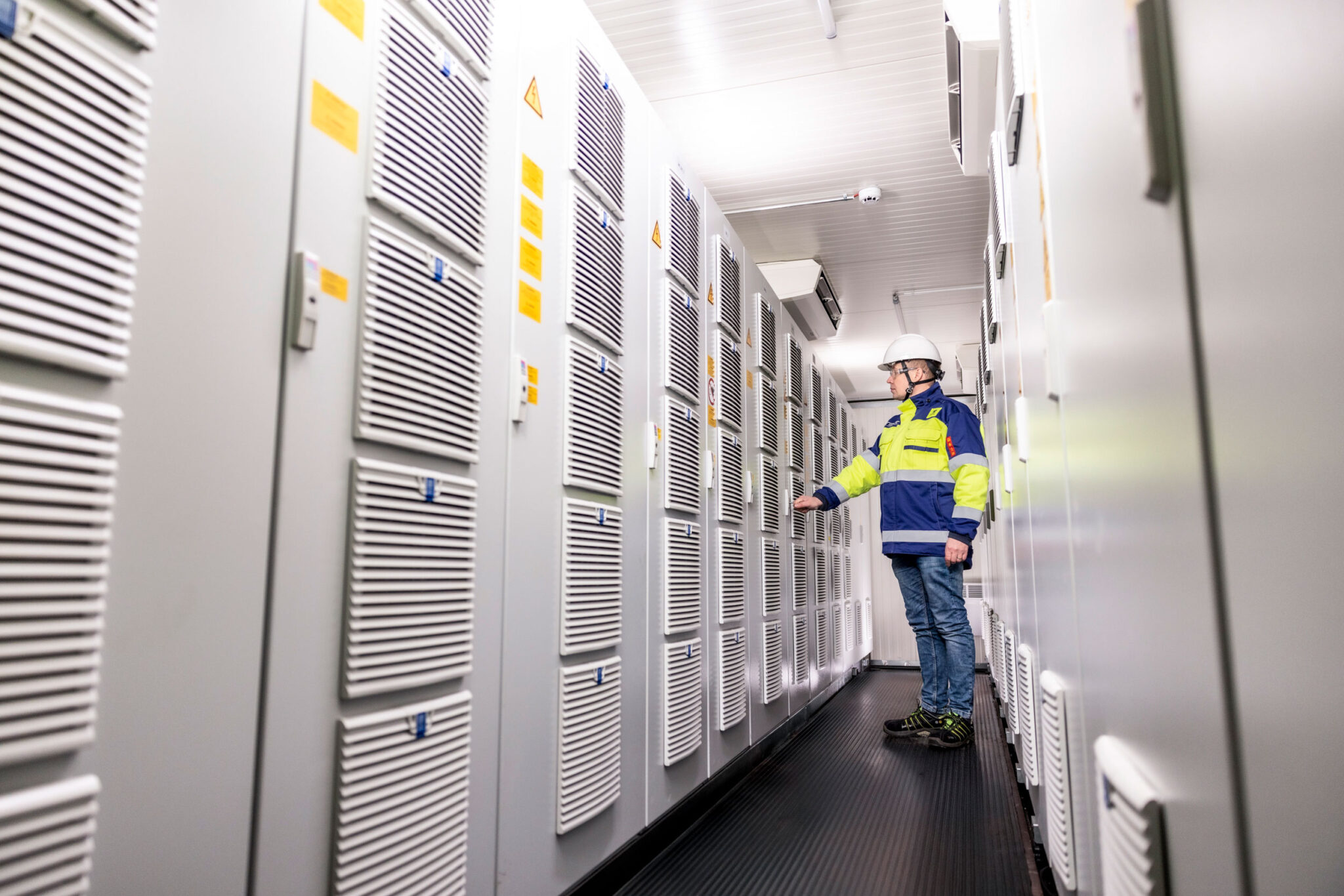The present government of Finland, which is to sit for a few more months, has set as its target 250,000 electric cars and chargeable hybrids by 2030. There is still some way to go to reach this target. There are currently less than 3,000 fully electric cars on Finland’s roads and only about 6,000 chargeable hybrids. As a result of, or perhaps even in spite of the aims of the current and future governments, electric cars will in all probability proliferate rapidly in the coming decades.
What does an increase in the number of electric cars mean for the electricity system and market? The emission-free production of the energy consumed by such vehicles is not a problem in terms of the electricity system. For example, the quarter of a million electric cars targeted by the government would consume about 0.8 TWh of electricity per year. This amount approximately corresponds to the electrical energy produced annually by 50-60 wind turbines or a little more than 1/10 of the energy produced by one nuclear power plant at Olkiluoto. Even if all the 3 million cars and vans in Finland were replaced by electric vehicles, that would only increase the country’s electricity consumption by about 10%. The EU’s common emissions trading system also guarantees that emissions on a European level will not increase, even if all cars are electrified.
In a peak consumption situation on a cold, sub-zero winter’s day, Finland has long been dependent on the import of electricity from neighbouring countries. Will electric cars further increase Finland’s import dependency during times of peak consumption? A quarter of a million electric cars will need approximately 2,000 MWh of electrical energy per day. Not all the electricity, however, will be loaded simultaneously into the vehicles. Some cars will be driving, some parked without any charging possibility and some will already have full batteries. A quarter of a million cars would increase the need for electrical power by up to 100-200 MW during the morning and evening hours of a sub-zero day, when electricity consumption is typically at its highest. In relation to peak Finnish consumption (estimate for next winter 15,200 MW), we are talking about an increase of about 1%.
Could electric cars replace hydroelectric power as a source of regulating power?
Electricity production that varies according to the weather, wind and solar power, requires flexible regulating power. Of the current Finnish regulating power, approximately 90% is produced by hydroelectric sources. The theoretical electricity storage capacity of a quarter of a million electric vehicles would be approximately 15 GWh, which is but a tiny fraction of the domestic hydroelectric power storage capacity. Just supposing that all the cars in Finland became electric-powered, that would mean a storage capacity of approximately 180 GWh, which is 3% of the storage capacity of all the hydroelectric power plants. Even if the storage and flexibility provided by electric cars were a very good addition to the electricity system and regulating power market, they would not be much of a replacement for hydroelectric power.
The basic requirement for the utilisation of the storage capacity of electric cars is smart charging. It should be possible to control the charging of electric cars according to the market price of electricity; in a rapid reserve market, controllability should be virtually real-time. From a point of view of the system, the optimal situation is for a charging electric car also to be able to feed energy back into the grid, if necessary. In this way, it is possible to use the full potential of these moving electricity storages. In addition to controllability, it should be possible to ensure on the market that the flexibility sold to it is verifiable in order that only the true flexibility is paid for on the reserve market. This requires seamlessly operating data exchange between charging stations, operators and the reserve market.
What kind of market do electric cars suit?
Technically speaking, electric cars are best suited to the rapid reserve market where regulation takes place in just a few seconds. That is how the rapid adjustability and battery storage capacity can probably be best utilised. Also, the regulating power market and intra-day market which, in a couple of years, will transfer to a 15-minute trading period, will probably be reasonably suitable for electric cars. If local flexible markets proliferate, electric cars could be a natural source of flexibility, for example for the needs of distribution system operators. Of course in the present main electricity market, the day-ahead market, it is worth timing the charging of electric vehicles to coincide with the cheaper hours, if possible. For example, the charging of cars in the front yard overnight should generally be timed for the small hours.
These days, electricity tax on the electricity stored in electric vehicle batteries is paid for twice, when the vehicle is being charged and when the energy is being fed into the grid. The taxation of electricity storages is currently being reformed by the government and double taxation eliminated. In practice, the elimination of double taxation will, however, only be possible for large industrial-class storages. The double taxation of electric cars, i.e. small and mobile electric storages, should be avoided in order to allow them to participate in the electricity market under the same rules as larger electric storages and to ensure that the flexibility they bring is fully utilised. The elimination of double electricity taxation could be enabled through light administrative procedures; in this case too, fluent data exchange within the electricity market plays a key role.
It should be borne in mind that ultimately individual consumers will decide on the growth of electric vehicles and the utilisation of their flexibility. The utilisation of flexibility should be made trouble-free for the consumer. The user experience cannot suffer from participation in the electricity market; it must be possible for consumers to charge their vehicles when they need to. From the perspective of the electricity system, electric cars seem to be a good opportunity. They perhaps will not solve the issue of regulating power, but they are a wonderful addition, particularly to the real-time reserve market for the fine tuning of the electricity system.
Mikko Heikkilä
The author works as an expert in the Fingrid market function.







